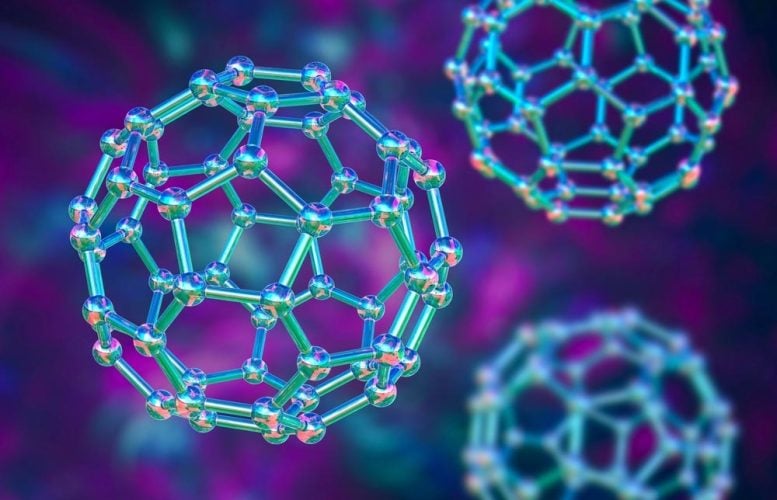
Russian scientists have synthesized a new ultra-hard material made of polymerized fullerene molecules with scandium and carbon atoms inside. Credit: NUST MISIS
Russian scientists have synthesized a new ultra-hard material containing scandium and carbon. It consists of polymerized fullerene molecules with scandium and carbon atoms inside. The work paves the way for future studies of fullerene-based ultra-hard materials, making them a potential candidate for use in photovoltaic and optical devices, elements of nanoelectronics and optoelectronics, biomedical engineering as high-performance contrast agents, etc. The research study was published in the journal Carbon.
The discovery of new, all-carbon molecules known as fullerenes almost forty years ago was a revolutionary breakthrough that paved the way for fullerene nanotechnology. Fullerenes have a spherical shape made of pentagons and hexagons that resemble a soccer ball, and a cavity within the carbon frame of fullerene molecules can accommodate a variety of atoms.
The introduction of metal atoms into carbon cages leads to the formation of endohedral metallofullerenes (EMF) which are technologically and scientifically important owing to their unique structures and optoelectronic properties.
A team of researchers from the National University of Science and Technology (NUST) MISIS, Technological Institute for Superhard and Novel Carbon Materials, and Kirensky Institute of Physics FRC KSC SB RAS have obtained, for the first time, scandium containing EMFs and studied the process of their polymerization. Polymerization is the process by which unbound molecules link together to form a chemically bonded polymerized material. Most polymerization reactions proceed at a faster rate under high pressure.
After the scandium containing fullerenes were obtained from carbon condensate using a high-frequency arc discharge plasma, they were placed in a diamond anvil cell, the most versatile and popular device used to create very high pressures.
“We have found that guest atoms facilitate the polymerization process. Scandium atoms change the fullerene bonding process completely by the polarization of the carbon bonds, which leads to an increase in their chemical activity. The material obtained was less rigid than pristine polymerized fullerenes, it was easier to obtain,” said Pavel Sorokin, senior researcher at the NUST MISIS Laboratory of Inorganic Nanomaterials.
The study will pave the way for studies of fullerite endohedral complexes as a macroscopic material and make it possible to consider EMF not only as a nanostructure of fundamental interest but also as a promising material that may be in demand in various fields of science and technology in the future, the researchers believe.
Reference: “Insights into fullerene polymerization under the high pressure: The role of endohedral Sc dimer” by S. V. Erohin, V. D. Churkin, N. G. Vnukov, M. A. Visotin, E. A. Kovalev, V. V. Zhukov, L. Yu. Antipina, Ye. V. Tomashevich, Yu. L. Mikhlin, M. Yu. Popov, G. N. Churilov, P. B. Sorokin and A. S. Fedorov, 8 December 2021, Carbon.
DOI: 10.1016/j.carbon.2021.12.040

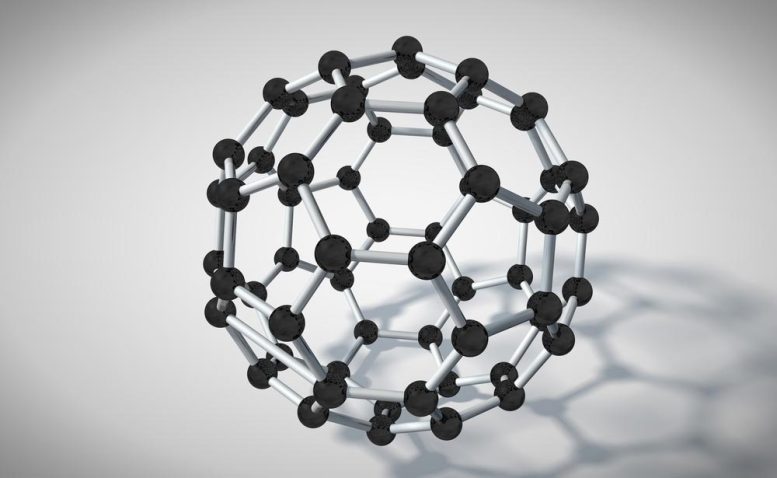
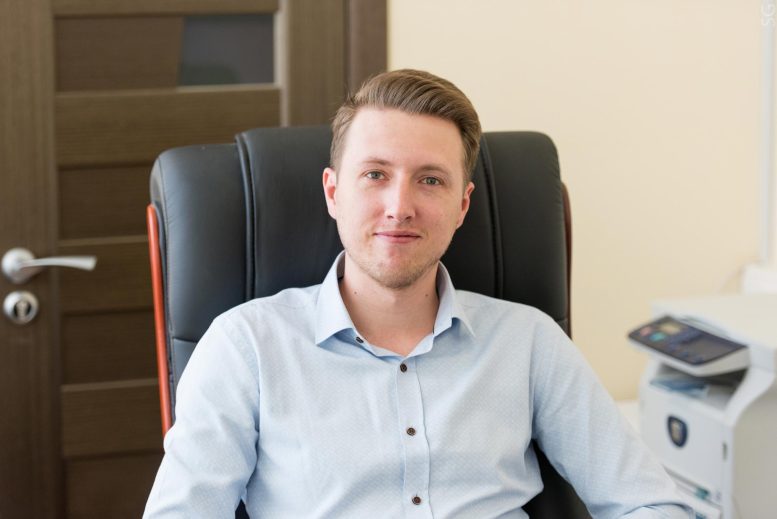



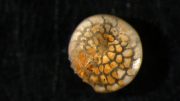



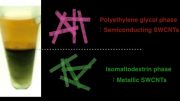
Be the first to comment on "Russian Scientists Synthesize a New Ultra-Hard Material"